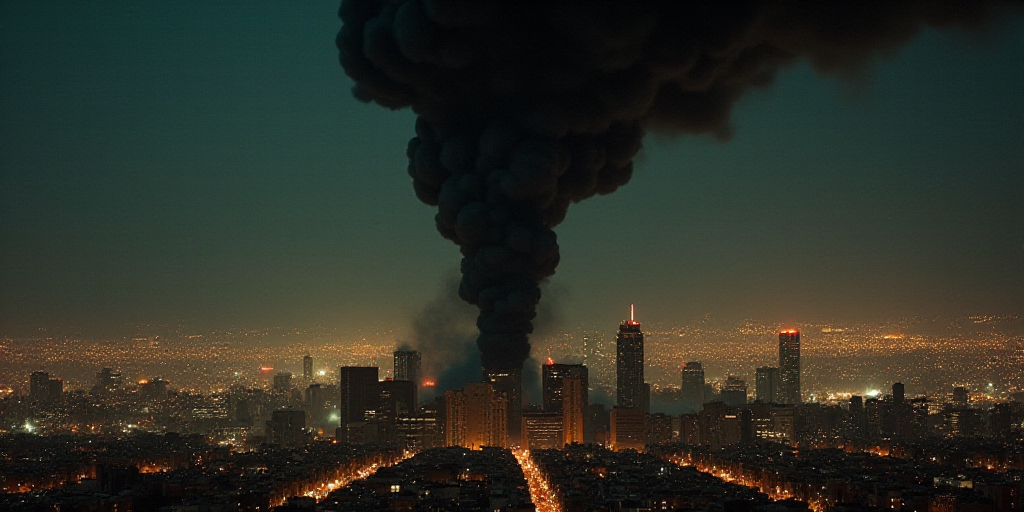Background on Key Figures and Relevance
The recent escalation in military tensions between Israel and Iran has brought both nations to the brink of conflict. This article provides context on the key figures involved and the significance of their actions.
Ali Khamenei, the Supreme Leader of Iran, has been a central figure in this conflict. His inner circle, including top military advisors and security officials, has suffered significant losses due to Israeli airstrikes. These losses have created critical gaps in Khamenei’s decision-making process, potentially increasing the risk of strategic errors.
On the other side, Israel’s Prime Minister Naftali Bennett and Defense Minister Benny Gantz have been at the forefront of decision-making regarding the airstrikes against Iran. Israel’s obsession with eliminating its enemy’s nuclear capabilities has driven these actions.
Detailed Account of the Airstrikes
Airstrike Details:
- More than 50 Israeli aircraft conducted coordinated attacks on Iranian targets.
- The strikes targeted uranium centrifuge production centers and weapons factories.
- Key locations included a production facility in Tehran and multiple sites for manufacturing weapons components, such as materials and parts used in ground-to-ground missiles.
According to the Israeli military, these airstrikes dealt a severe blow to Iran’s strategic defense capabilities.
Iranian Response
- The Guardians of the Revolution, Iran’s ideological military force, claimed responsibility for launching ballistic missiles at Israel.
- They reportedly used Fateh-1 hipersónicos, though Israel’s intercepting claims remain unconfirmed.
- Iranian defense systems reportedly shot down two drones over the Dead Sea region early Wednesday.
Impact on Civilians and Regional Stability
As tensions rise, civilians in both countries face the consequences. In Iran, long lines formed outside scarce open gas stations, bakeries, and grocery stores due to heightened security concerns.
The United States has reinforced its defensive posture in the Middle East, deploying the Nimitz aircraft carrier to the region and preparing a special force to assist its citizens there.
Additionally, the U.S. embassy in Jerusalem closed until Friday for security reasons, advising government employees and their families to take shelter.
Cyber Warfare and Internet Disruptions
Israel has also engaged in a “massive cyber war” against Iran’s digital infrastructure, contributing to the temporary collapse of internet services in the country.
Key Questions and Answers
- Who is involved in this conflict? The key figures are Ali Khamenei, the Supreme Leader of Iran, and Israeli Prime Minister Naftali Bennett along with Defense Minister Benny Gantz.
- What are the main targets of the airstrikes? The primary targets were uranium centrifuge production centers and weapons factories in Iran.
- What has been Iran’s response? Iran claimed responsibility for launching ballistic missiles at Israel using Fateh-1 hipersónicos, though this remains unconfirmed. They also reported shooting down Israeli drones.
- How have civilians been affected? Civilians in both countries face disruptions, including long lines for essential goods in Iran and security measures like embassy closures in Israel.
- What is the role of cyber warfare? Israel has conducted a “massive cyber war” against Iran’s digital infrastructure, causing temporary internet outages.






